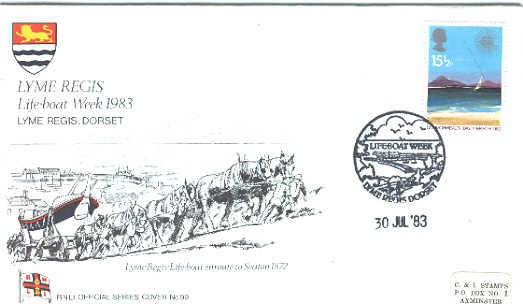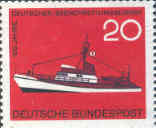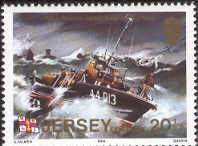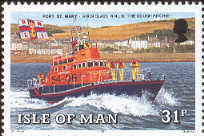
The first self-righting lifeboat is born at South Shields, on the East coast of England at the end of the 18th century. She will be the ancestor of modern lifeboats, which perpetuate the devotion of sailors saving other sailors, lost, wrecked, exposed to sea misfortunes.
 |
In 1824, the "Royal Institution for the preservation of life from shipwreck"
became the Royal National Lifeboat Institution is founded
after an appeal to British nation published by Sir William Hillary,
from Douglas, Isle of Man. The RNLI will absorb then local stations and 308 lifeboats are running in 1895. |
At the beginning, the small means of savers are formed of rowing boats of 34 to 35 feet (10,66 m) in length, 9 ' 6'' (2,9 m) beam, with a limited range. The boats are launched from carriage off a sea. This kind of boat, source of several rescues, has several defaults: a heavy straight keel, a narrow beam which make the boat instable when overturned.
|
|
| Guernsey owns a lifeboat as early as 1803 and the RNLI takes over the responsability from States of Guernsey in 1861. Until the end of the 19th century, pulling lifeboats are engaged. |
 |
Vincent Wilkinson Kirk Ella is a 34 feet in service from 1888 to 1912, followed by Arthur Lionel (1912-1929), last non-powered craft used as lifeboat. | 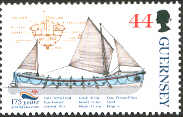 |
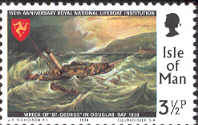 |
At Douglas, isle of Man, True Blue, a 10 oars, serves from 1824 to 1851 and Manchester & Salford, a 10 oars of 32 feet, from 1868 to 1887. |
 |
In 1887, RNLI appoints a consulting naval architect George Watson who introduces a new kind of boat, a lifeboat 42' long, sail runing and steadier.
 |
At Jersey, Sarah Brooshoft, a 10 oars of 34', built in 1887, saves 3 crew on Demie de Pas lightship in 1906. |
|
In 1890, the first steam powered lifeboat is launched and
in 10 years, the RNLI acquires 5 of them, 50' long , covering greater distances
than any pulling or sailing lifeboats.
Finaly in 1904 appears at Folkestone the first motor boat, a 38' equipped
of a twin-cylinder of 10 hp.
After the war, the RNLI modernises the fleet by fitting the sailboats with
engines. In 1920, the successor of Watson, James Barnett designs a
60 feet using two engines.
 |
The Barnett class Queen Victoria served Guernsey from 1929 to 1954 followed by the 52 feet Euphrosyne Kendall -1954-71. | 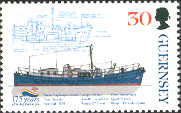 |
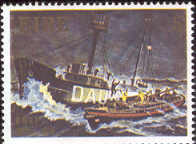 |
A new step occurs in 1932 with the adoption of diesel engine, with abetter fuel consumption and with a larger range. Mary Stanford, Barnett class boat, saves the crew of the Daunt.lightship in 1936 and serves at Ballycotton from 1930 to 1959. |
During several decades, motor lifeboats were based on Watson's hull refined and enlarged by Barnett. A solution to the problem of boat stability is given by the architect Richard Oakley. In the 50's, he designs a ballasts equipped lifeboat which would right the boat after a capsize.
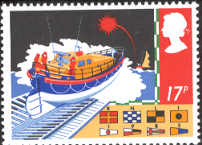 |
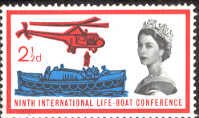 |
Life saving in Europe
In 1893, Colin Archer, famous naval architect, built the first Norwegian lifeboat, conceived for rough conditions, with 4 servers. She is in service until 1933.
 |
||
|
The German society is founded at Kiel on 29 May 1865 |
||
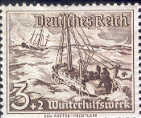 |
BREMEN, 16.17 m long , is built in 1931
for Deutsche Gesellschaft zur Retung Schiffbrüchiger (DGzRS)
and decommissioned in 1953.
GEORG BREUSSING, in service from 1963 to July 88, is anchored at Emden Museum |
|
|
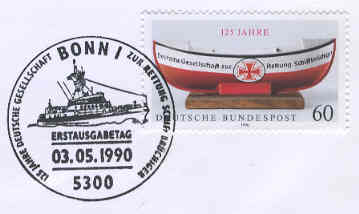 |
|
| The Royal Dutch League for
Lifesaving is founded in 1824. SUZANNA, a 20.75 m long boat, reaches a speed of 10.6 knots and has a range of 1500 miles. |
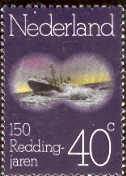
|
The first lifeboats are from British design : insubmersibles thanks to air caissons, with spontaneous redress (two boxes in form of donkey back) and automatic draining of water by valves. The ships will be improved, particularly by yards in Le Havre: Augustin Normand has built about 135 boats in about one century.
|
|
| In France, The Société Centrale de Sauvetage des Naufragés (Central Society of Wrecked Saving) is founded on 12 February 1865. In 1873, grant-grant-nephew of Buffon is at the origin of the Société des Hospitaliers Sauveteurs Bretons. The both societies join together in 1968 to form the Société Nationale de Sauvetage en Mer. |
|
|
In 1967 the société centrale de sauvetage owns 58 motor boats. In 2007 the SNSM fleet is composed of:
-
40 canots tous-temps (offshore lifeboat)
-
34 1st class launches
-
68 2nd class launches
-
33 3rd class launches, which are replaced by new 2nd class launches
-
about 450 inflatables with outboard motor
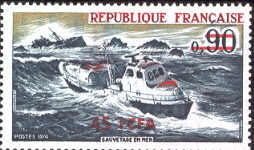 |
Pierre Loti, built in 1973, equipped of 2 Diesel engines of 265 hp reaches a speed of 14.5 knots. She is based at St Jean de Luz until being replaced in September 99. |
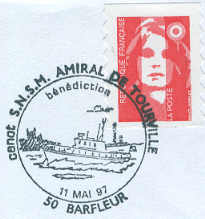 |
Amiral de Tourville, canot tout temps SNS 086 Length 15.5m beam 4.39 m , displacement : 18 tons, speed 18 knots. |
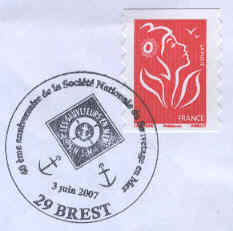
|
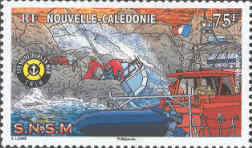 |
Nouméa station, open in 2004, gathers about fifty volunteers
and surveys the most extended zone of SNSM stations, depuis l'île des Pins
to La Foa. The station is responsible for a longer stretch of
coastline than any other branch of SNSM, running from the Isle
of Pines up to La Foa. Other rescue stations are planned to
ensure coverage of the entire New Caledonia coastline and the
new station at Koumac will soon be operational. CROIX DU SUD is a second class boat, 10,5 m long, built at chantiers Ernest Sibiril at Carantec (Britanny, France). |
|
 |
||
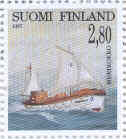 |
In
1975, the 12th international lifeboat conference occurs in Finland: MERIKOKKO, historic ship of Suomen Meripelastusseura, founded in 1897, is sailing from 1938. Nilo Saarinen, 48 m long and built in 1961, stands at Raahe in the gulf of Finland.
|
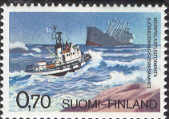 |
|
In Norway, the famous naval
architect Colin Archer built a sailboat with a crew of 4 men, used
until
1933. The 50th lifeboat of NSSR, Osloskoyta, is built in
1940 : 58'long, she is motorised by two diesel.
Skomvaer III,built in 1986, is 19.61 m long.
 |
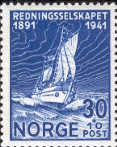 |
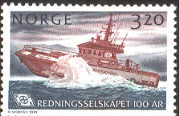 |
 |
The Swedish Sea Rescue Society is a non-governmental Swedish voluntary institution founded in 1907. First equipped with WATSON class boats, it owns today 140 lifeboats on 67 stations. The Victoria class with a length overall of 11.8 m, reaches 38 knots and is one of the fastest lifeboats. | |
In Poland, from the port of Gdynia,
lifeboats contribute to the safety of navigation in Baltic sea.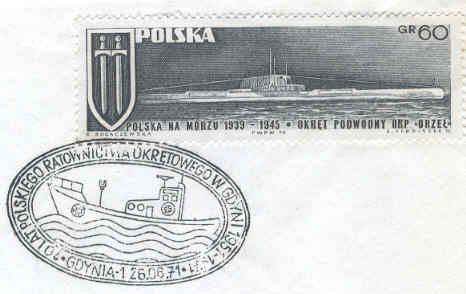 |
||
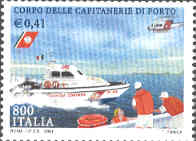 |
In Italy, the coast-guards are in charge of search and rescue: here is the CP 828 boat. | |
| Search and rescue in South Africa, in South America | ||
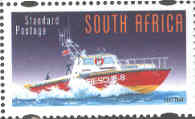 |
SPIRIT of ROTARY is a 12 m long wooden hull
boat ; her two engines of 485 hp each give a maximal speed of 25
knots. IShe operates for NSRI at Hout Bay station. CAPITAN FRANCISCO ALVAREZ is the former RNLI GREATER LONDON, a Ramsgate class built in 1928, used by Asociación Honoraria de Salvamentos Marítimos y Fluviales from 1957 to 1983. |
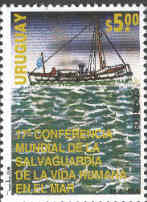 |
Faster with the RNLI
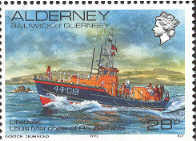 |
44 feet 10 inches (13.44 meters) long, 12'8'' (3,9 m) beam, the US Coast Guard model has a closed watertight wheelhouse and a semi-planing steel hull which gives her a speed of 15 knots. |
|
Coming in the RNLI fleet in 1964, issued of an
American prototype, 22 Waveney
class boats will enter in
service ; 44-019 Louis
Marchesi of Round Table, stationned at Newhaven from 77 to 85 (289 launches, 134
lives saved), at Aurigny from 86 to 94 then at Exmouth from 94 to 96.
Thomas James King, numbered 44-013, is a Waveney
class equipped of 2 Genreal Motors engines of 260 hp. She serves at
St
Hélier from 1974 to 1982.
The need to go faster and faster to save lifes drives to
develop a 52 feet (15m85) with glass reinforced plastic hull.
 |
|
| Arun class (16m55 long, 230 miles of range, 6 crew, 18 knots) Sir William Arnold -73-97- more than 600 missions. | Gough Ritchie, numbered 54-06, is a 54 feet version where the 2 turbo-diesel Caterpillar with twin 6 cylinders of 460 hp allow a maximal speed of 19 knots and a range of 250 miles at 17,5 knots. She carries a 3.9 m inflatable dingy with a 15 hp outboard motor . Launched 166 times, saving 63 lives, Gough Ritchie continues her carrier in Chile. |
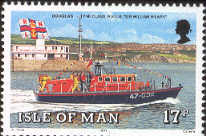 |
Sir William Hillary is a fast Tyne class lifeboat: carriage-launched, she is built in steel, 14m30 long, she has a range of 240 miles at 17.6 knots. Alexander Coutanche, other Tyne class, is stationned at St Helier. | 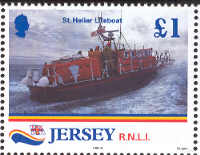 |
In 1988, la RNLI introduces the first fast slipway- and carriage-launched lifeboat ; 11m77 long, 4 m beam, built in aluminium or in composite, with a crew of 6, Mersey class may run at 16 knots.
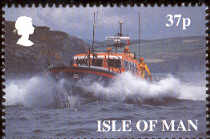 |
Ruby-Clery, Mersey class lifeboat based at Peel, Ann & James Ritchie is based at Ramsey | 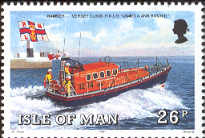 |
When the RNLI commemorates its 175th anniversary on 4 March 1999, it operates 222 stationsin the United Kingdom and in Républic of Ireland. The new Trent et Severn can reach speeds of 25 knots and are able to work in the worst weather conditions.
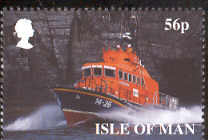 |
Sir Gough Ritchie II is the 26th 14m Trent (hence her
identification 14-26) of 26,5 tons, built in fibre reinforced composite in
a sandwich monocoque
structure, driven by two turbo-diesel Man V10 of 800 hp. She is based at Port St Mary,
a station established in
1896. Launched in 1995, the 17-meters Spirit of Guernsey, Severn class, reaches a speed of 25.8 knots with a 1200 hp engine. |
 |
Other life safety meansmay be set up:
-
the lighthouses and lightships
-
the weather-ships, including FRANCE II, anchored today at La Rochelle museum
-
the high-seas tugs, the true lorries of the high seas.
-
the ambulance-boats
-
the Société des Oeuvres de Mer (founded by doctor Charcot) and the fishing supply sailing ships.
So to be followed...here
Sources :
Rescue from water by E.J. Hogan, published by the Ship stamp society
Maritime Life & Traditions n°16
Several sites of RNLI stations
Guernsey Post
